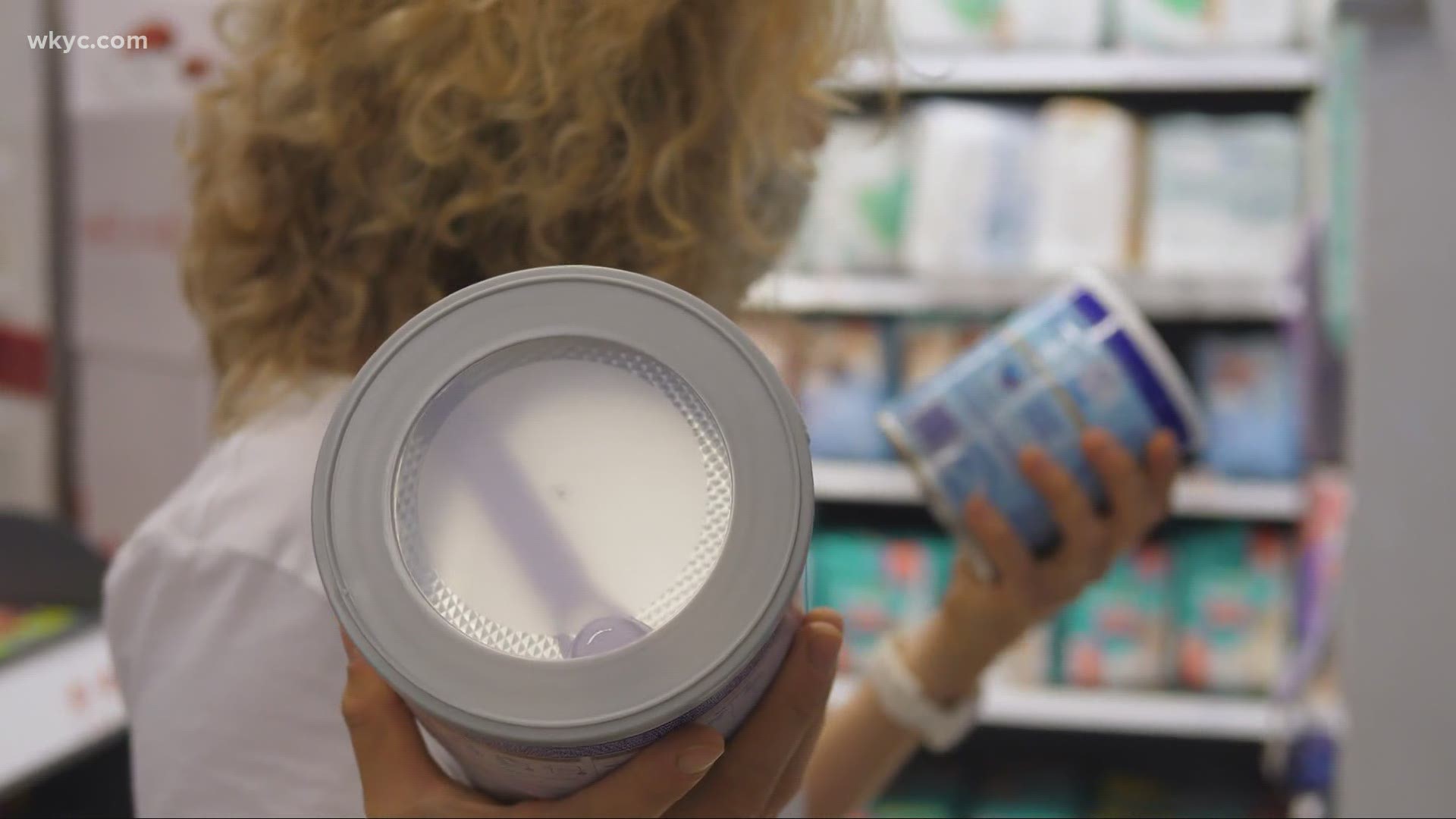They’re on the back of every single food product you buy. But, nutrition labels can often be pretty confusing.
"Food labels are so confusing because the labels aren’t the first thing that we see. What we first see is the front of the package," explained Kristin Kirkpatrick, RD, Lead Dietician at Cleveland Clinic's Wellness Center.
In fact, the packages can be colorful or claim things like "100% all natural" or "healthy." But those claims can be misleading.
"There actually have been multiple studies that people are often swayed by the front of package," Kirkpatrick said.
"The best foods in the whole have no front package claim. You would never go to a grocery store and find an apple with a million claims on it because we know an apple is good for us. The more claims, the more suspicious you want to be."
The confusion about what’s inside some of our favorite foods and the confusing labels is what recently prompted the FDA to change the design and information listed on the nutritional labels.
"The new label will show how much sugar there is and how many added sugars they are. I think that’s an important note because let’s say in the past you had a fruit flavored yogurt, the consumer had no idea how much of the sugar was coming in natural and from lactose and how much it was coming from added sugar from fruit flavoring," Kirkpatrick told 3News.
As you plan your next trip to the grocery store, there’s a couple of things you should consider. First pay attention to the ingredients. According to Kirkpatrick, the fewer ingredients, the better.
The order of the ingredients also tells you what's primarily in your food. For example, if oil is listed first on the nutritional label, that means it is the primary ingredient.
Another good rule of thumb? If you can’t pronounce it – you should probably avoid it.
And, make sure you pay attention to how much sugar is in the food you’re buying. Studies have shown large amounts of it can lead to weight gain. Even more confusing for consumers is that sometimes sugar isn’t always called sugar.
"There’s probably about 20 ways you can list sugar. You can find it as Brown Rice syrup, [for example]," said Kirkpatrick.
One of the staples in most homes is bread. But not all bread is equal, says Kirkpatrick.
"[Always look for] 100% whole grain or 100% whole wheat. You want to stay away from multigrain or wheat bread. Those aren’t whole grain bread."
And if you’re having trouble figuring which bread is best for you, Kirkpatrick says look at how much fiber is in the bread.
"The fiber will really kind of tell the story. If you have less than 1gram, most likely, that’s not a whole grain product."
If you're interested in learning more, or signing up for a similar program through the Cleveland Clinic, visit:
call: 216.448.4325 or email: cilm@ccf.org

